Carbon labels and traffic lights are a “meaningless” and even damaging way of communicating carbon footprinting information to consumers, the lead researcher of a major new carbon project has astonishingly claimed.
“If you start putting individual labels on showing how many grams of CO2 were used, it becomes increasingly meaningless,” warned David Oglethorpe, who is leading a Newcastle Business School at Northumbria University study into carbon footprints in the meat supply chain. “Is the consumer going to be able to weigh up the ratios of different products?”
The team hopes its findings will help farms operate more efficiently, but Oglethorpe said it opposed individual product labelling or traffic lights.
“We should stay away from carbon labelling on individual products as it is a huge task and confusing for consumers,” the logistics and supply chain manager said. “Obviously the carbon footprint of beef is enormous compared with that of veg,” he said.
The traffic-light system was even more ineffective as meat would invariably be given a red light, leading to a scenario where the entire category would essentially be blackballed.
However, suppliers would be expected to know their own carbon footprints and supply that information to retailers, Oglethorpe said. As retailers and suppliers improved their carbon performance, supermarkets would be able to tell consumers they had reduced their overall carbon footprint by a certain percentage, making the information simpler to understand and therefore more meaningful, he added.
The NBS project, which is being carried out in association with producers such as ABN, Ermine Farms, 2 Sisters and Cherry Valley, is examining the supply chains of a range of meats including whole chicken, drumsticks and breast, sausages, pork loin and ham.
“If you start putting individual labels on showing how many grams of CO2 were used, it becomes increasingly meaningless,” warned David Oglethorpe, who is leading a Newcastle Business School at Northumbria University study into carbon footprints in the meat supply chain. “Is the consumer going to be able to weigh up the ratios of different products?”
The team hopes its findings will help farms operate more efficiently, but Oglethorpe said it opposed individual product labelling or traffic lights.
“We should stay away from carbon labelling on individual products as it is a huge task and confusing for consumers,” the logistics and supply chain manager said. “Obviously the carbon footprint of beef is enormous compared with that of veg,” he said.
The traffic-light system was even more ineffective as meat would invariably be given a red light, leading to a scenario where the entire category would essentially be blackballed.
However, suppliers would be expected to know their own carbon footprints and supply that information to retailers, Oglethorpe said. As retailers and suppliers improved their carbon performance, supermarkets would be able to tell consumers they had reduced their overall carbon footprint by a certain percentage, making the information simpler to understand and therefore more meaningful, he added.
The NBS project, which is being carried out in association with producers such as ABN, Ermine Farms, 2 Sisters and Cherry Valley, is examining the supply chains of a range of meats including whole chicken, drumsticks and breast, sausages, pork loin and ham.



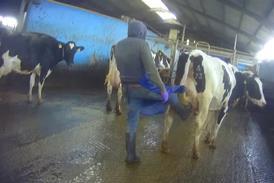



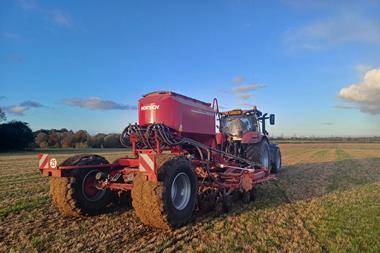
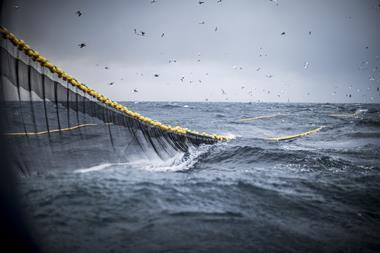
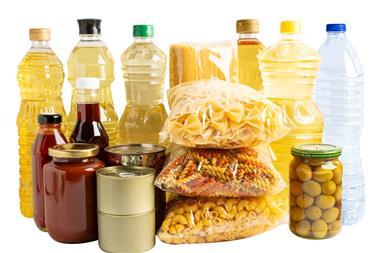



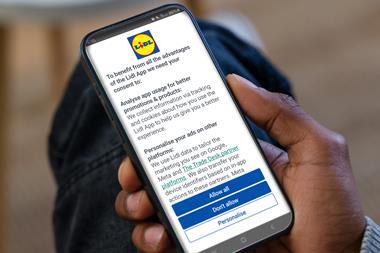

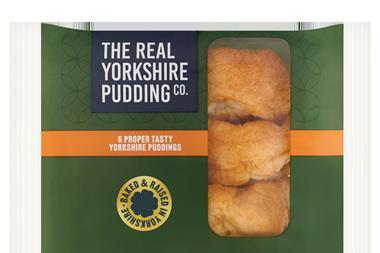
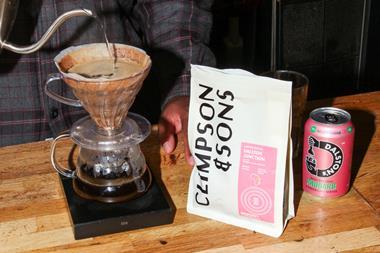


No comments yet